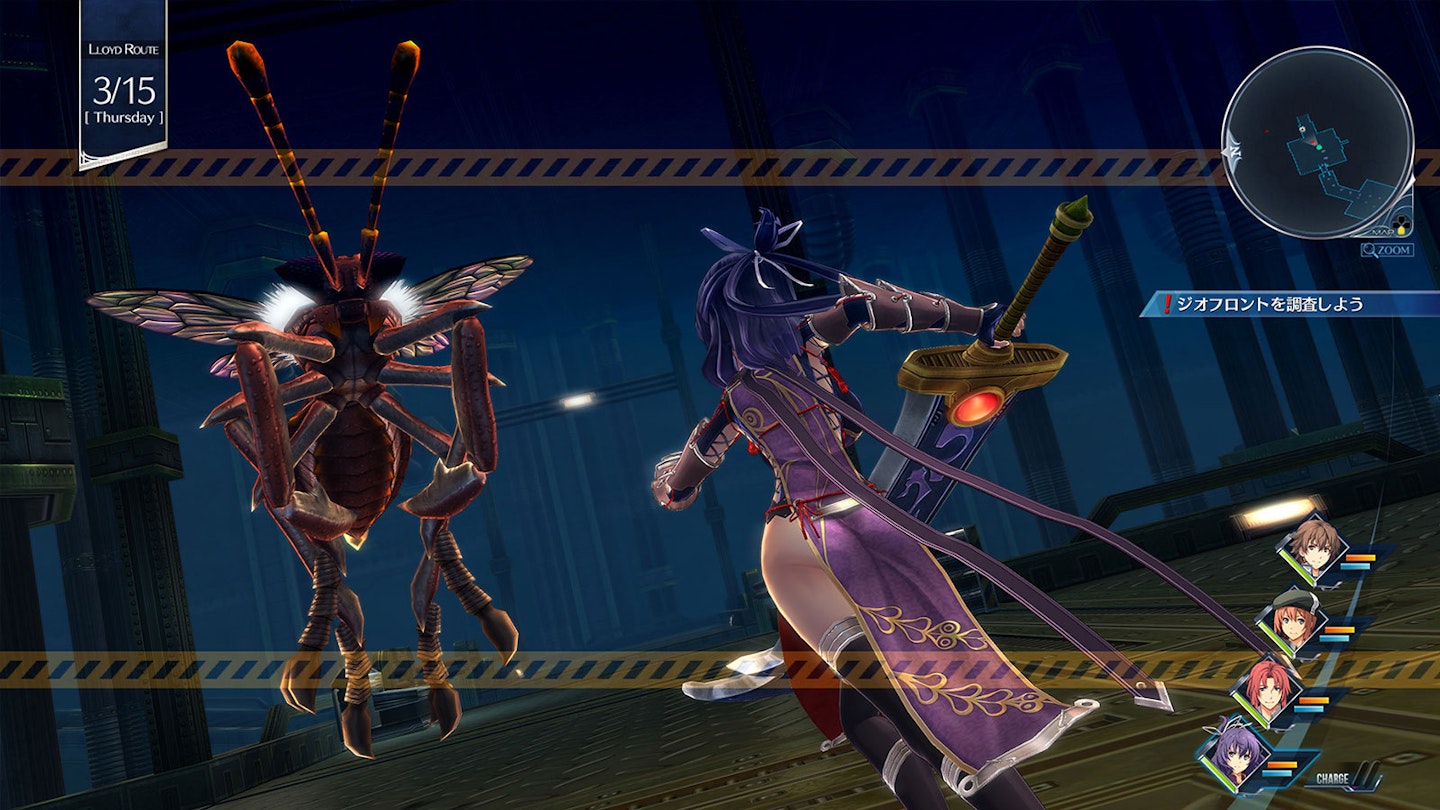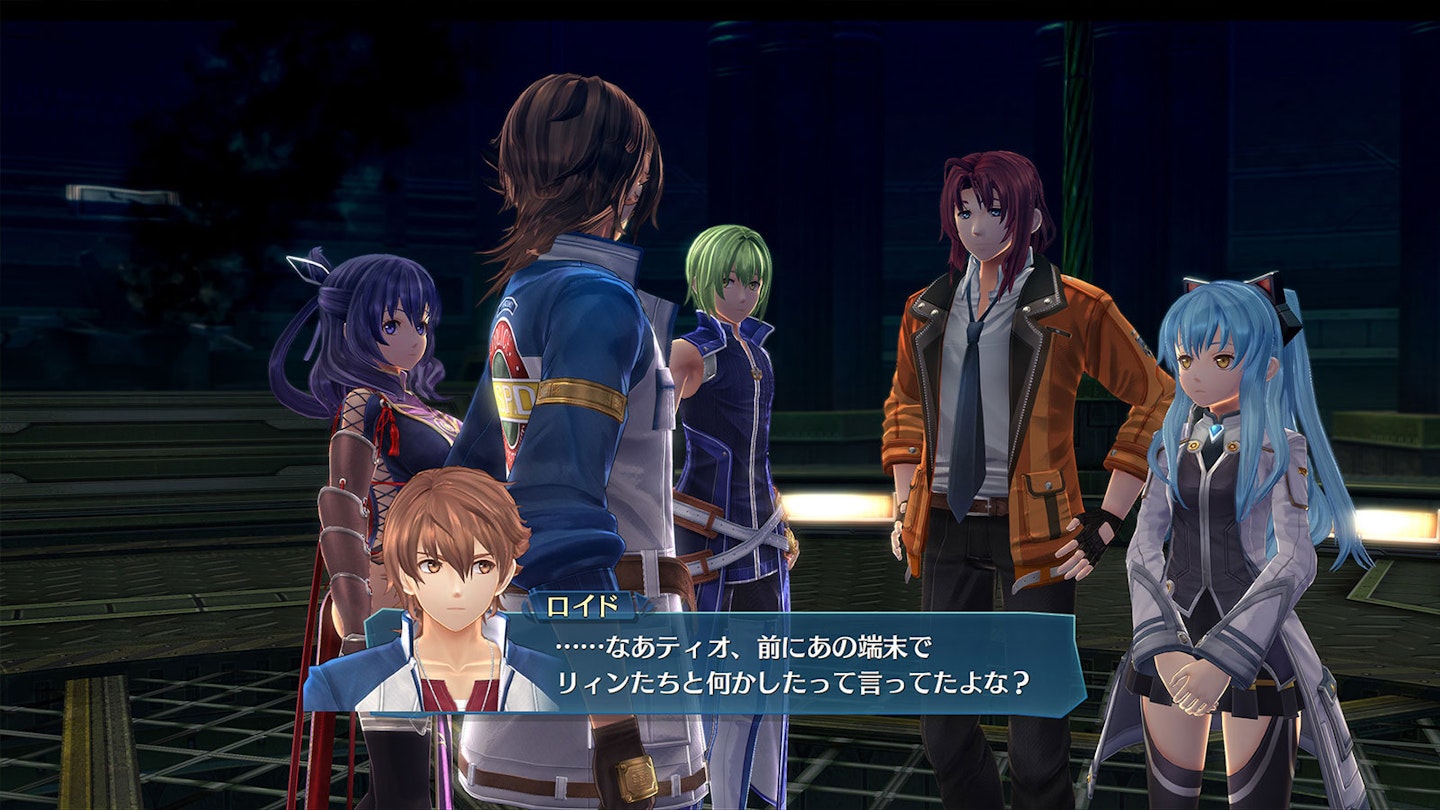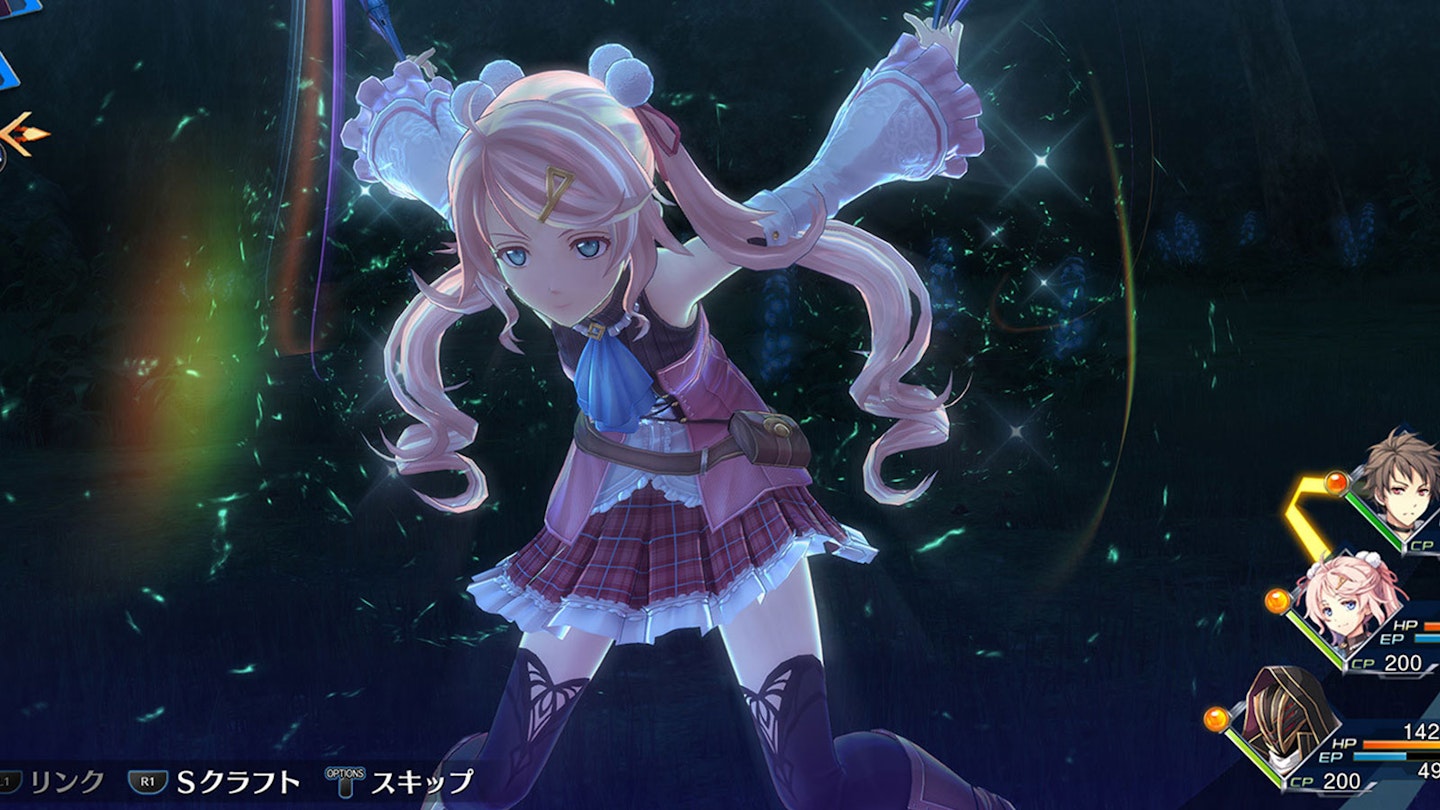Platforms: PS5, PS4, Nintendo Switch
We can probably all agree that Avengers: Endgame is a masterpiece of superhero filmmaking, building on over a decade's worth of interconnected storytelling to deliver a rousing finale. Imagine going into the cinema to watch Endgame blind though, having not seen a single MCU film or read a Marvel comic before. Why are the heroes attacking a purple gardener? Why did everyone gasp at "on your left"? Why is Flag Man grabbing a flying hammer such a big deal?
Trails Into Reverie is the Avengers: Endgame of this long-running JRPG franchise. If you've been following the series since 2004's Trails in the Sky, this is the rousing end to a saga that's run for nearly two decades, tying together long-running plot threads and seeing major characters from previous entries crossing paths and teaming up. It's video gaming catharsis, the ultimate pay-off. If you've not, you'll be utterly lost – but for fans of classic turn-based role-playing games, there's still a good time to be had here.

Set in a fantasy world that blends technology and magic, Reverie kicks off with what would, in most games, be the finale – a cadre of seasoned warriors attacking the big bad's headquarters in a last ditch effort to liberate their homeland, Crossbell. Led by the heroic Lloyd Bannings, it's a thrilling opener to the game but also serves as a reminder of just how far into the wider story we are. To developer Nihon Falcom's credit, recaps of the previous games can be read from the menu, but while they prove handy for returning players needing refreshers, they can't replicate the scale, the ambition, the narrative grandeur of the series.
Puts paid to the idea that turn-based can't be thrilling, tactical, or skilful.
Reverie continues that incredibly ambitious trajectory of its predecessors, with a twisting tale of empires rising and falling, the people caught up in the throes of war, and those willing to fight for freedom. After the intro chapter, the story splits into three paths – one following Lloyd, one for Rean Schwarzer, protagonist of the _Trails In Cold Steel_tetralogy, and one introducing C, a mysterious masked figure. You'll generally be able to swap between the trio of protagonists at any point, barring occasional gates that require you be at a certain point in the wider story for everyone to proceed. Switching focus is a great approach for a story of this scale, affording different perspectives on overlapping events, and conveying the world-changing stakes of what's unfolding, and even those coming in blind will shortly be swept up, even if there are so many characters and pre-existing relationships to keep track of that you'll need a whiteboard.
Yet just as Reverie expects players have familiarity with the world and politics it's exploring, so too does it presume some experience with its battle system – characters start the game at level 100, with powerful abilities already available to them that reflect their journeys in prior games. Thankfully, muddling through with a basic grasp of turn-based mechanics will see even neophytes through early sections, while the occasional tutorial does at least introduce combat features that are new to this entry.

It's worth persevering with Trails' battle system though, as once you've come to grips with it, it shows itself to be the pinnacle of turn-based combat. While former JRPG standard bearer Final Fantasy has spent years distancing itself from the forms and conventions of the genre it helped popularise – at least in the west – the Trails series has leaned into them, honing them to a sharp edge. If you've never dabbled with the series before, the basics will be clear enough – choosing between physical attacks and magic arts each turn is self-explanatory, but Trails then layers many more nuanced systems on top of the "I hit, you hit" model. For instance, using magic usually isn't instant – a character will have to actually cast the spell, costing a few spaces on the turn order. While this might mean an enemy gets a few licks in, cannily controlling that turn order means one of your party members' turns might fall on fixed bonus, such as zero energy costs or a free heal, bonuses that would have otherwise gone to a foe if their turn fell on it. Then there are Crafts, special attacks that activate instantly but which cost CP that is only earned from taking or dealing damage, and Battle Orders, commands that can be issued to the entire party for a variety of stat boosts.
Reverie also makes exciting use of its expansive cast. Across its three paths, the game features over 50 characters to form parties with, some of which have variable roles in battles that can be switched mid-fight – military academy student Juna can instantly swap between being a ranged gunner or an up-close striker, for example. Combat Links, where characters are paired in battle and the closeness of their bond can activate automatic defence, healing, or counter-attack moves, can also be changed on the fly, incentivising building bonds between as many characters as possible. Elsewhere, the new United Front feature allows you to utilise your entire roster, including supporting characters, for massive, cinematic attacks. The more you put into Trails' combat, the more you'll get out, and the more satisfying you'll find it – it puts paid to the idea that turn-based can't be thrilling, tactical, or skilful.
It's a shame then that so much of the game's brilliance will be lost on newer players. With Trails into Reverie being the first in the franchise to see release on PS5 (version tested), it's likely to bring fresh eyes to the series, making it all the more unfortunate that it is in no way an entry point. And, much like Endgame setting the stage for the MCU's ongoing Multiverse Saga, Reverie ultimately lays the groundwork for what comes next, with two more Trails games already out in Japan set to make their way westwards. For those who've done their homework, this is a phenomenal effort – the highpoint in an epic that’s been decades in the making, and worthy of adding a star to the score. If you've not though, this is going to feel bewilderingly impenetrable.
